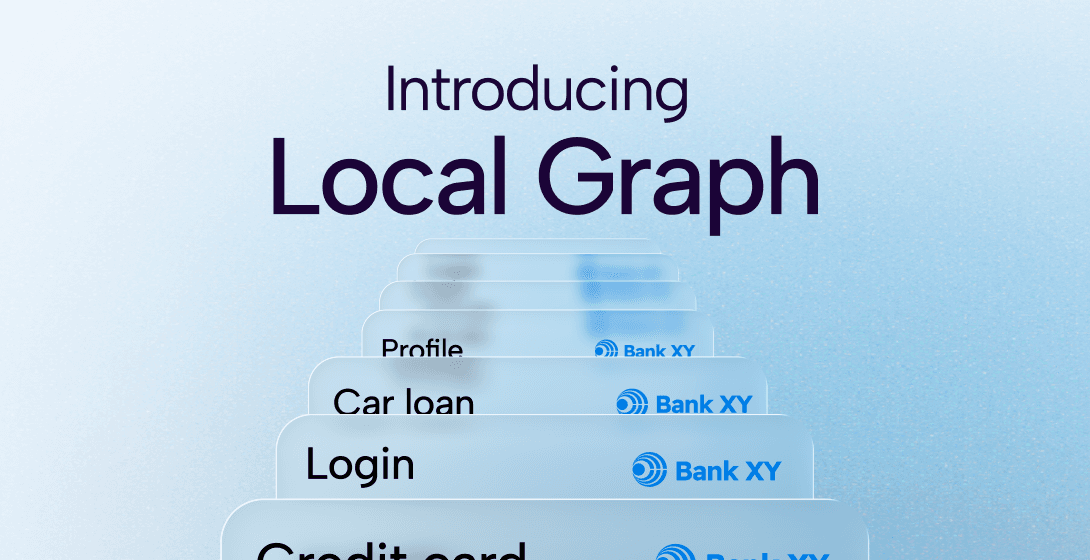
The Real Identity Blog
Socure’s Real Identity Blog is the best source to learn about identity verification and fraud decisioning trends, news, and best practices.

Featured
The Local Graph Has Arrived: Turning Data Silos into Connected Intelligence
A login. A transaction. A password reset. Every touchpoint is a tiny glimpse into how an identity interacts with your brand.
Filter By:
All topics
Loading...
Let us prove it.
Join the 3,000+ top enterprises that trust Socure. Speak with one of our identity verification and fraud experts today.